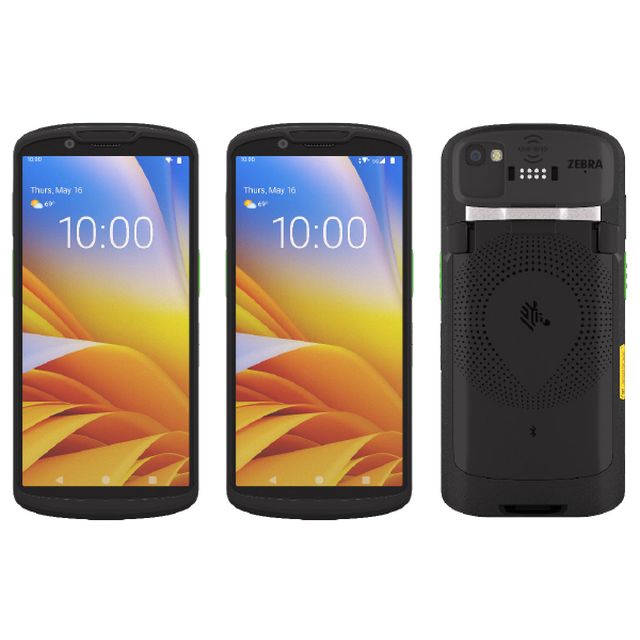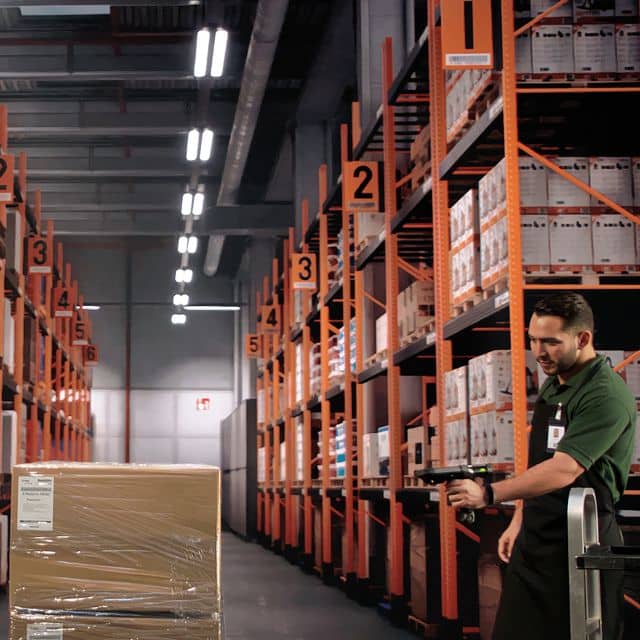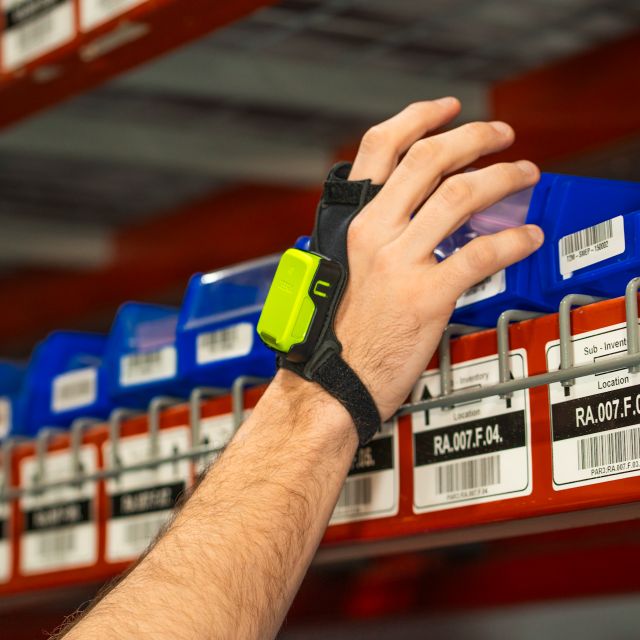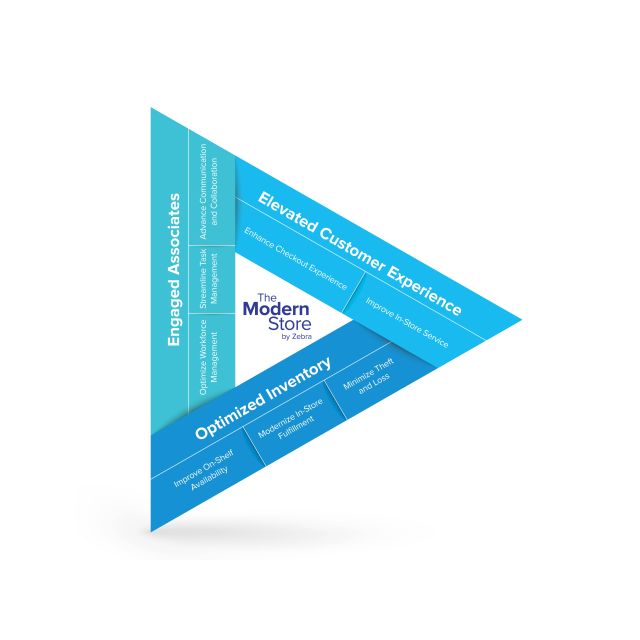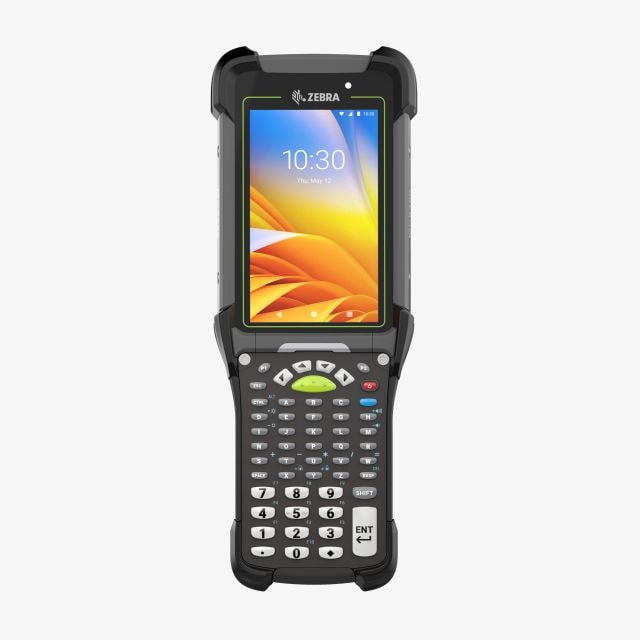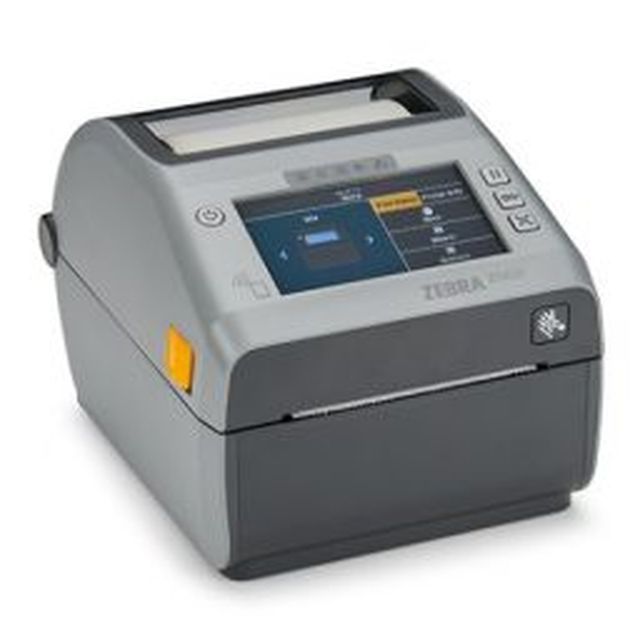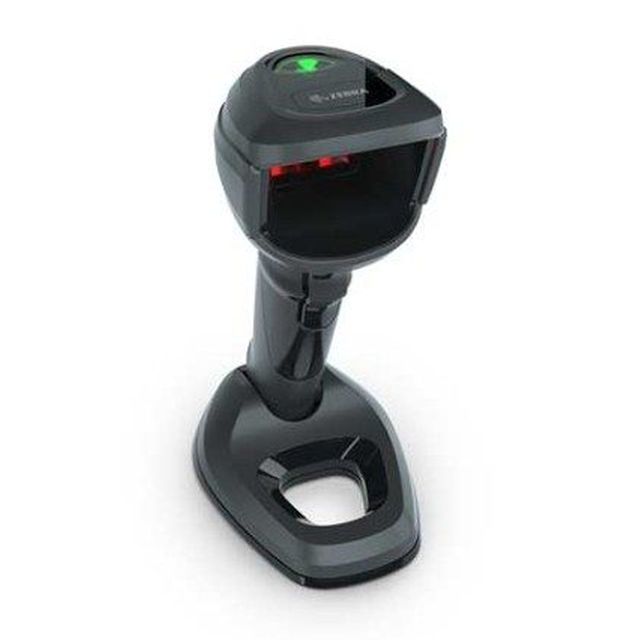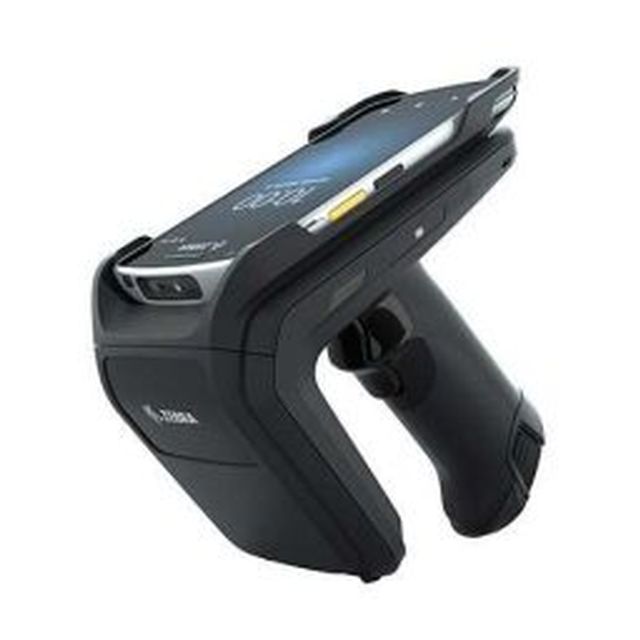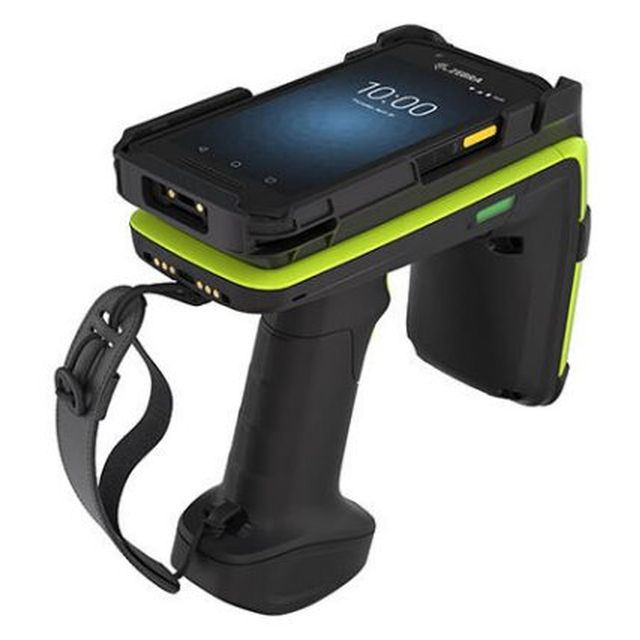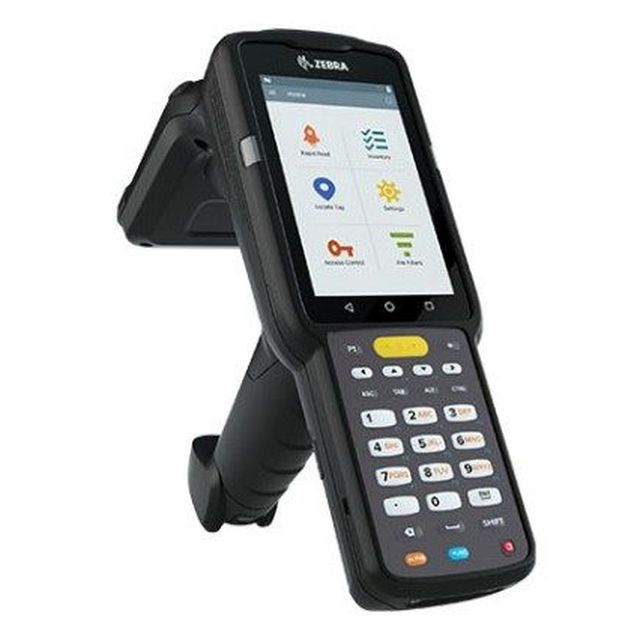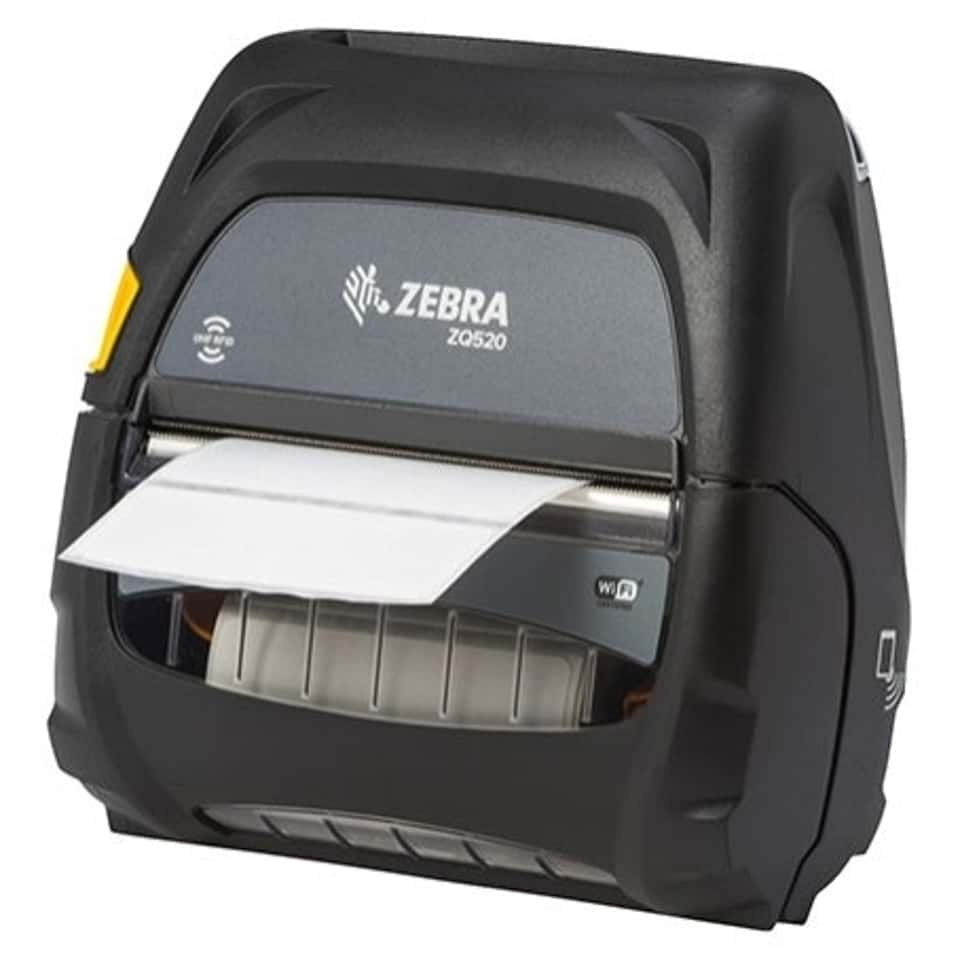Almost Half of German Automotive Industry Companies now using AI Machine Vision
Even more OEMs and suppliers plan to automate visual inspections amidst rising economic, customer pressures
Zebra Technologies Corporation (NASDAQ: ZBRA), a leading digital solution provider enabling businesses to intelligently connect data, assets, and people, has revealed that nearly half (43%) of automotive business leaders surveyed in Germany are currently using some form of artificial intelligence (AI) such as deep learning in their machine vision projects. For the UK, that figure stands at 56%.
The need for heightened inspection confidence, parts traceability and operational transparency across the supply chain are driving this advancement, as auto manufacturers and suppliers grapple with growing regulatory burdens and consumer mistrust.
Though it might be expected for original equipment manufacturers (OEMs) to embrace AI technologies to automate certain processes and decisions in production environments, the newly released “AI Machine Vision in the Automotive Industry Benchmark Report” reveals that, broken down by organisation, AI machine vision is being used by 49% of OEMs, 40% of tier 1 and 35% of tier 2 suppliers in Germany. That compares to 56% of OEMs, 63% of tier 1 and 44% of tier 2 suppliers in the UK. This data reflects German automotive industry companies’ commitment have to quality, supply availability and customer satisfaction at the nexus between supply chains and emerging industry trends such as electric, hybrid, and autonomous vehicles.
While it’s possible others are exploring the benefits of this technology – around 20% of all respondents in the UK and Germany said they would like to learn more or have already started to procure AI machine vision tools – those who delay adoption of AI machine vision may find it more difficult to maintain a competitive edge.
“It’s concerning that over one-third (34%) of German and nearly one-quarter (24%) of UK automotive business leaders who say they are not using any form of AI, such as deep learning, in their machine vision projects. It’s even more worrying that they don’t see the importance or relevance,” said Stephan Pottel, Automotive Manufacturing Practice Lead EMEA, Zebra Technologies. “The automotive industry is highly competitive, meaning business leaders should be looking at ways they can build confidence in the quality of their products, especially as the rising shift toward hybrid and electric vehicle production.”
For automotive OEMs and suppliers who are preparing their engineers and plant-floor employees to think and act like data and AI specialists, new AI-powered machine vision software is unlocking higher levels of productivity, speed, accuracy and capabilities in challenging environments and with complex use cases. Yet, feedback provided by the 500 automotive OEM and supplier decision-makers in Germany and the UK who participated in this benchmark survey illustrate a more polarised situation unfolding against a backdrop of renewed pressures around sustainability, transparency and performance.
The data also shows that when it comes to AI performance in machine vision projects, there is room for growth. Of those using AI machine vision in Germany, nearly one-in-five (19%) say their AI could be working better or doing more. “Some OEMs and suppliers expect more from their AI-powered machine vision applications—they’re setting down a challenge to machine vision partners, who can and must deliver on this expectation,” added Pottel.
The report also revealed several key challenges German and UK OEMs and suppliers face when using conventional optical character recognition (OCR) tools, which are widely used for reading serial codes, component and lot numbers, as well as vehicle identification numbers to ensure quality, traceability, and presence/absence checking. They claim there is a significant amount of training time required, and that the older OCR tools are often unstable, difficult to use, and unable to handle complex use cases well – even by a well-trained engineer.
“The survey results show a surprisingly high level of dissatisfaction with traditional OCR tools, and a range of challenges that require a lot of investment for an unsatisfactory outcome,” said Pottel. “These older OCR tools do not meet the demands of modern manufacturing. However, new deep learning OCR models are available to deliver immediate value out of the box with no specialised skills or training required.”
In the last year, there has been an increase in the availability of deep learning OCR tools that come pre-trained using thousands of images, making it easy for people with no AI experience or data science skills to use. These deep learning OCR models are built specifically to handle complex use cases such as damaged and hard to read characters, reflective surfaces, and changing lighting environments.
As a result of this innovation by machine vision system engineers, automotive OEMs and suppliers no longer have to expend resources trying to configure OCR tools or validate inspection outcomes. There are hardware and software tools which can provide the answers they need to deliver on quality and availability promises to stakeholders.
Key Takeaways
- Almost half (43%) of German auto industry leaders are using some form of AI in their machine vision systems.
- Over a third (34%) of OEMs and suppliers in Germany say there are not using any form of AI and don’t see the use or relevance, highlighting the need to provide greater proof of value.
- Auto industry leaders are frustrated with the performance and labour burden of conventional OCR tools and need an easy way to automate visual inspections in complex use cases.
- Automotive OEMs and suppliers who want additional exclusive benchmark insights into how they compare to peers and competitors around machine vision applications and future AI-based automation goals can download the full report here.








